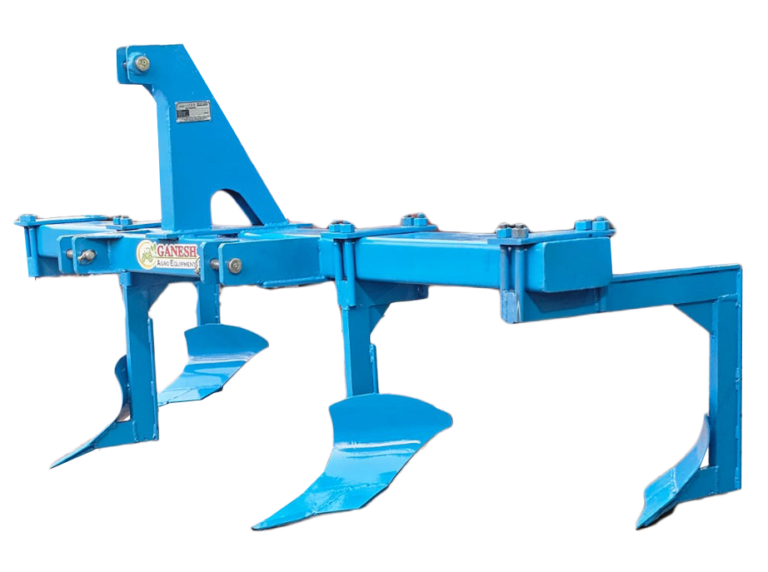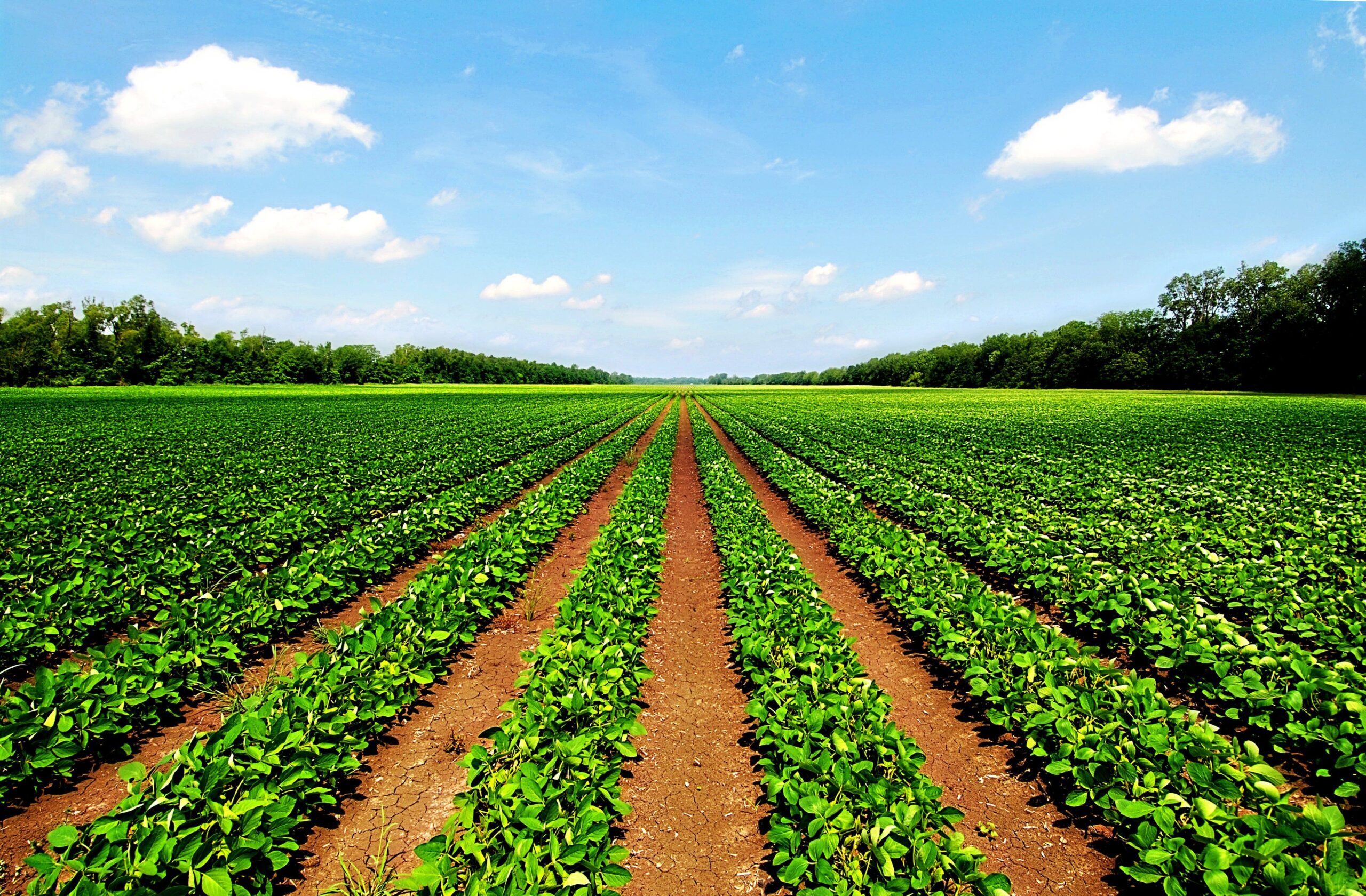
Ploughing in agriculture is a vital soil preparation technique that involves turning over, breaking, and loosening the soil to create an ideal seedbed for planting crops. It is a fundamental practice in farming with significant importance. A Plough is a frame with a blade attached to cut and loosen the soil. Plowing is a method to loosen or turn the soil before sowing or planting the seed. It performs intentionally to remove horizontal clods from the soil. The clods then will roll over and destroy to bring the soil back, which helps in the passage of organic substances for new crops.
Features:
1. Soil Aeration: Break up compacted soil, allowing better air circulation and root growth. Well-aerated soil promotes healthy plant development.
2. Weed Control: By turning over the soil, ploughing buries weed seeds and disrupts weed growth cycles.
3. Residue Incorporation: Ploughing incorporates crop residues and organic matter into the soil. This enhances soil structure, increases nutrient content, and promotes microbial activity.
4. Seedbed Preparation: Plough soil provides a loose and fine seedbed, facilitating easier and more uniform seed germination.
5. Water Management: Properly ploughed soil can improve water infiltration and drainage, reducing the risk of waterlogging in fields.




